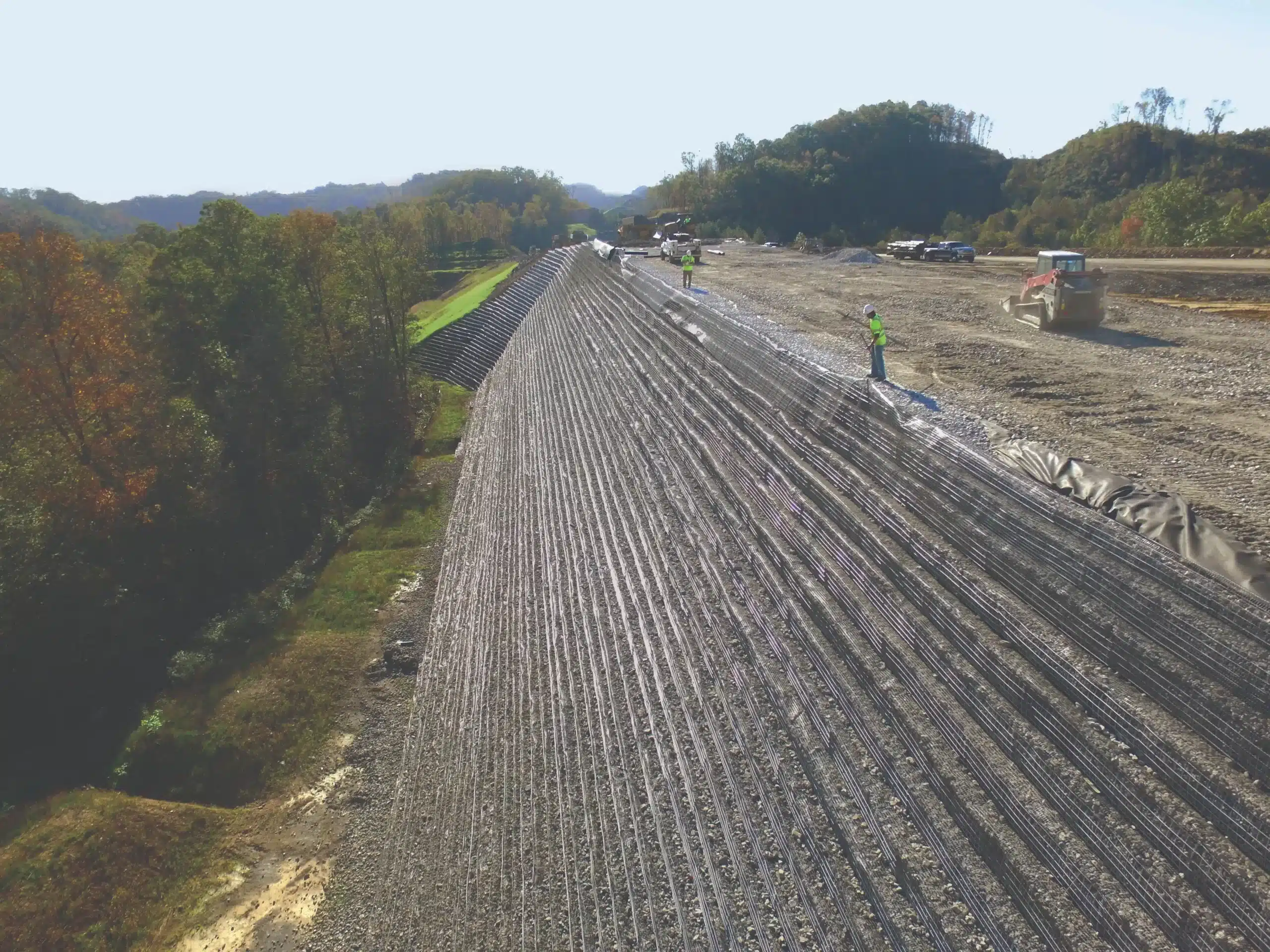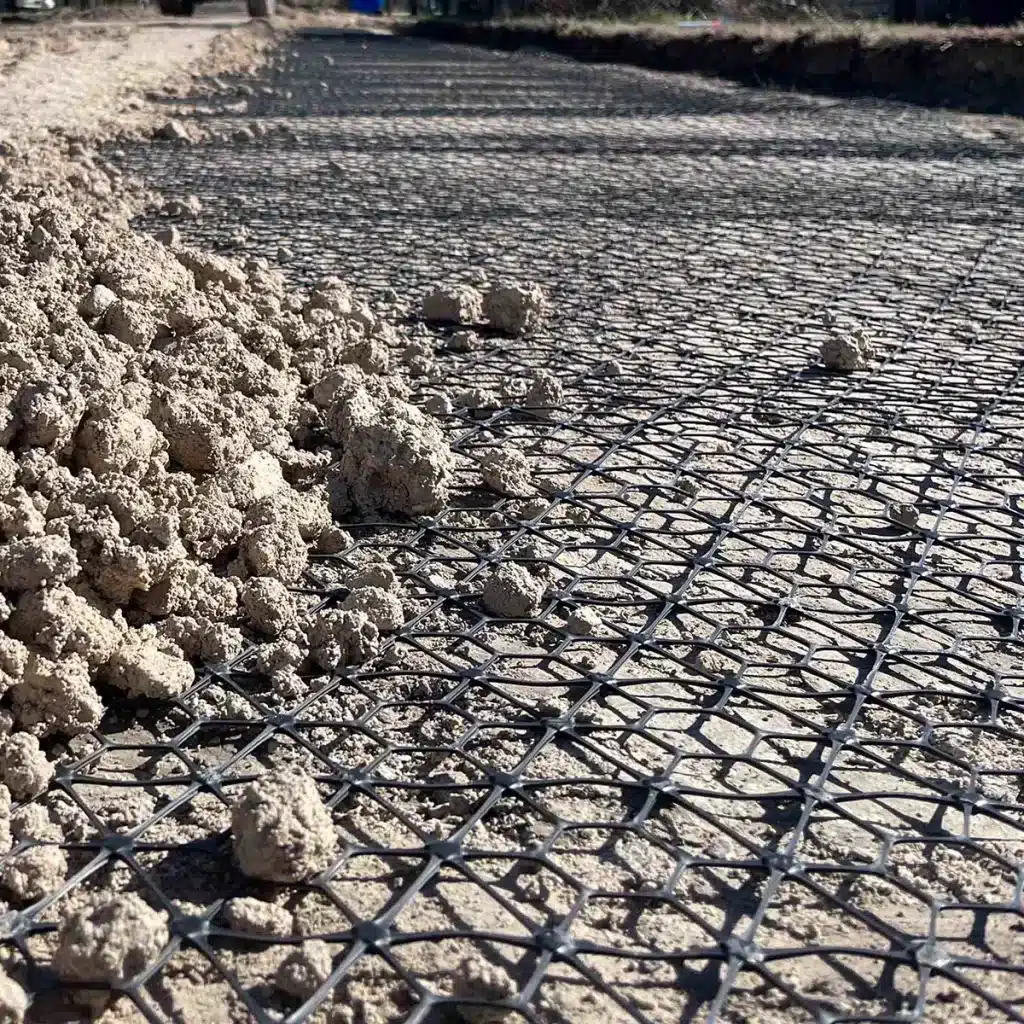+86-159 9860 6917
info@geofantex.com
geofantex@gmail.com
+86-400-8266163-44899
How to Build a Proper Retaining Wall with Geogrid Fabric (Stabilizing Grid):
Retaining walls are crucial for protecting landscapes from natural elements, and ensuring they are constructed correctly with appropriate materials is essential for long-term stability. Skipping the use of a stabilizing grid can result in wall instability and collapse, posing risks to people and damaging the landscape. When hiring professionals, always verify their experience in this area of construction.
Retaining walls can fail for several reasons, the most common being inadequate drainage behind the wall. Poor drainage causes moisture to circulate, freeze, and thaw, which can occur daily during colder seasons. This issue is prevalent in northern states, especially during Spring and Fall. With a clay backfill, evening freezes cause ice to melt and penetrate deeper into the surrounding area, pushing it outward.
In other cases, walls are forced to retain more soil than they can handle. This often results from novices who do not know how to properly construct a retaining wall. However, even some landscapers, who should know better, make this mistake.
If a retaining wall is built too high without reinforcement, it cannot handle the force. Customers spend thousands of dollars constructing these walls, only to spend thousands more tearing them down and starting over. A quick online search on failing retaining walls reveals the disastrous outcomes that can occur.
How a Good Retaining Wall is Constructed:
Constructing a retaining wall is straightforward, and the materials needed are not overly expensive. Proper construction requires additional digging, backfilling, and compacting. While this adds some initial cost, it is much cheaper than rebuilding a failed wall.
Unfortunately, to save time and money, many people are unaware of the importance of stabilizing the grid or whether it is needed for their project. Often, they hire contractors who do not understand how a retaining wall functions or when a stabilizing grid is necessary. The money saved initially is often spent later when the wall needs to be rebuilt.
The retaining wall reinforcement grid (stabilizing grid) from SRW is a woven fabric with high tensile strength. It is pinned between the layers of the retaining wall, extending into the soil the wall is retaining, thereby locking the block or stone wall together with the soil behind it.

When is Stabilizing Grid Needed:
Whether a stabilizing grid is needed depends on the wall-building material and the type of soil to be retained. Clay soils, for example, swell when moist and retain water, making them the hardest to retain. For clay soil, a stabilizing grid is highly recommended.
The material used for a retaining wall significantly affects the need for a stabilizing grid. More massive materials require less stabilizing grid. For example, in most six or eight-inch-wide split-face limestone walls, a stabilizing grid should be considered if the exposed height is over 24 inches.
A stabilizing grid is most desirable for man-made walls with a height of 36 to 48 inches, depending on the design and size. If there is a slope at the base of the wall, a stabilizing grid should also be considered.
For walls over 6 feet in height, constructed with 24-inch or wider limestone or similar blocks, and very dense material, a stabilizing grid is essential.



Get Free Sample
We’ll respond as soon as possible(within 12 hours)






















